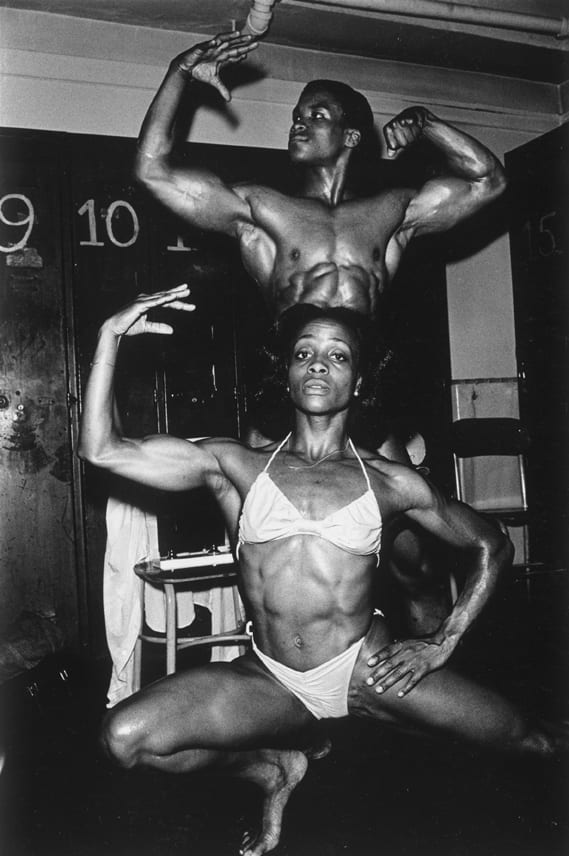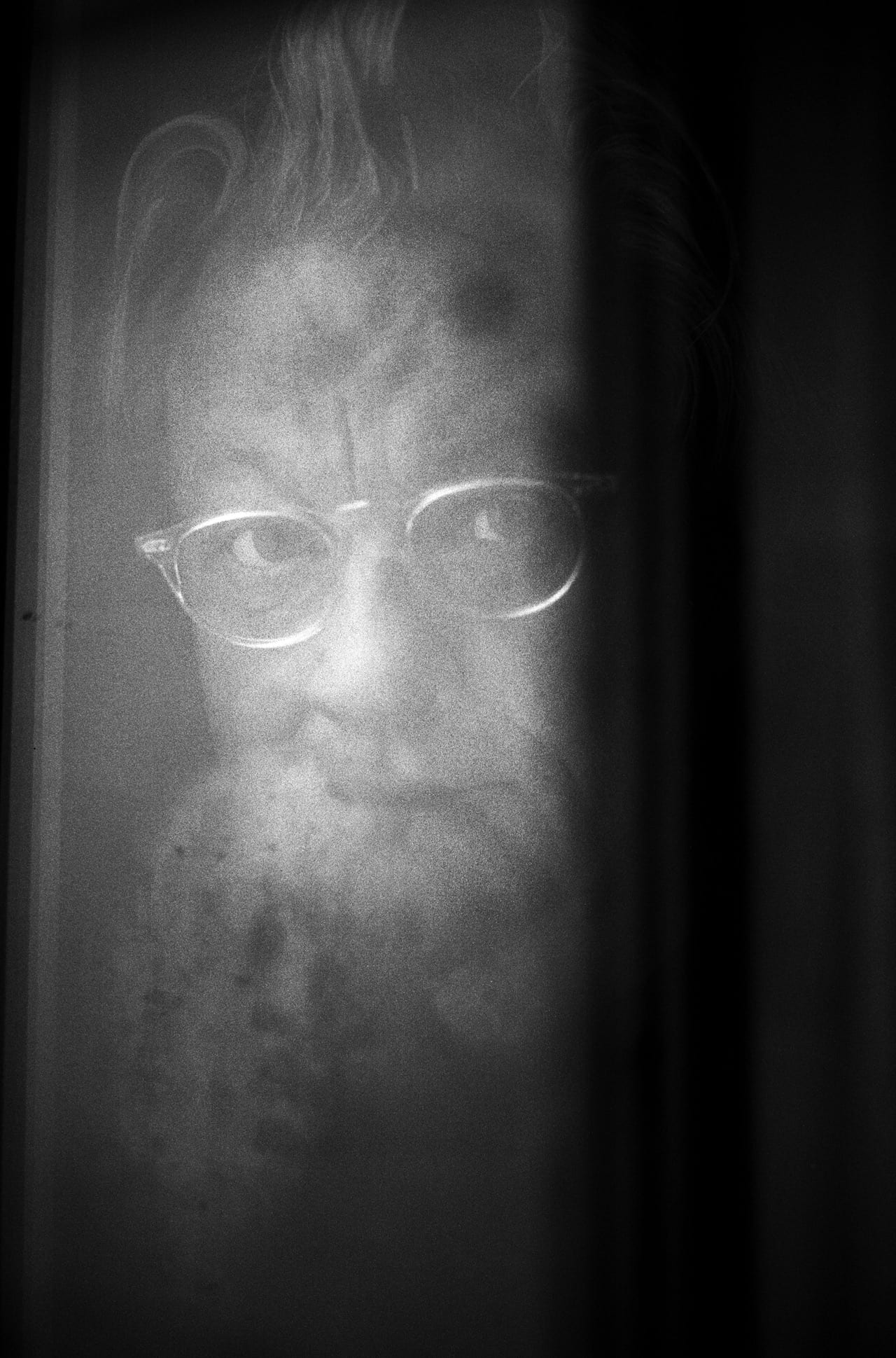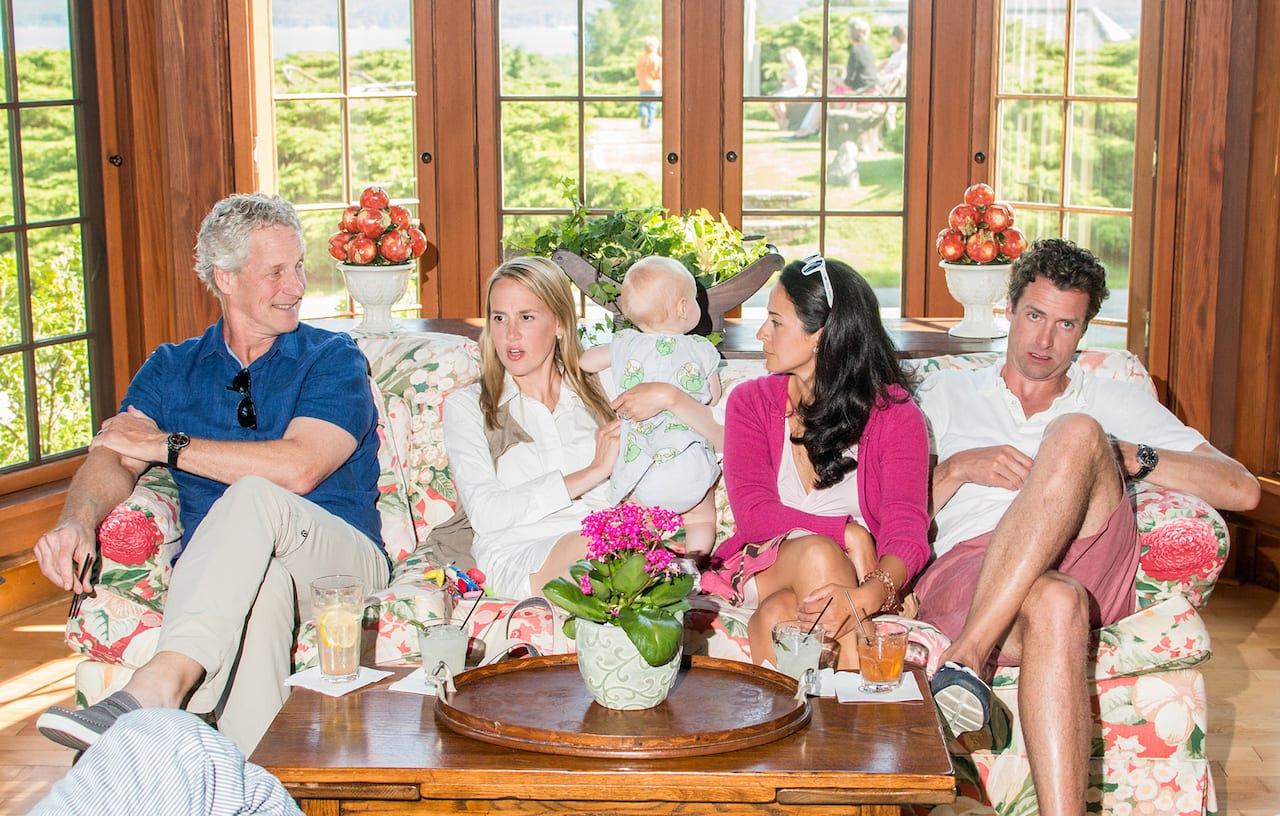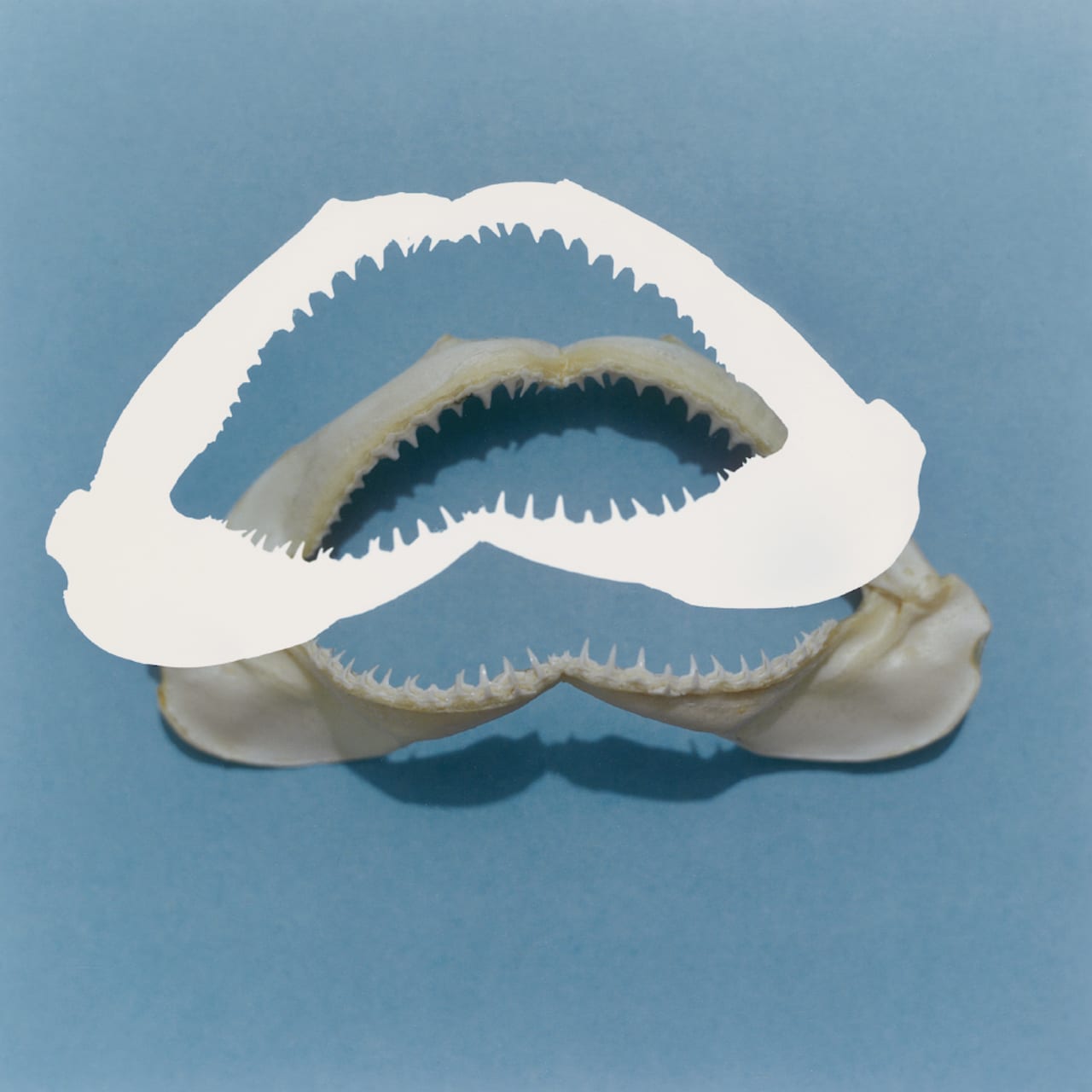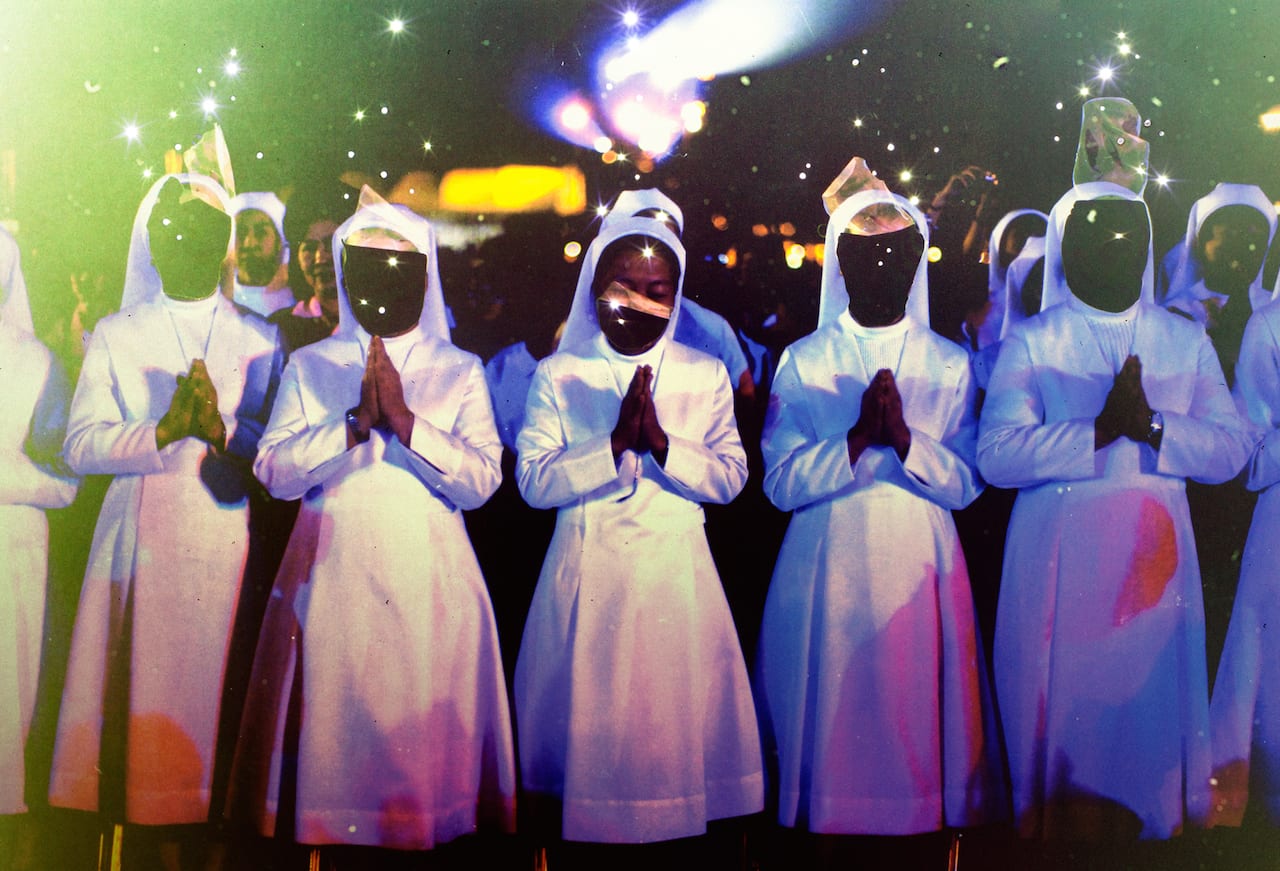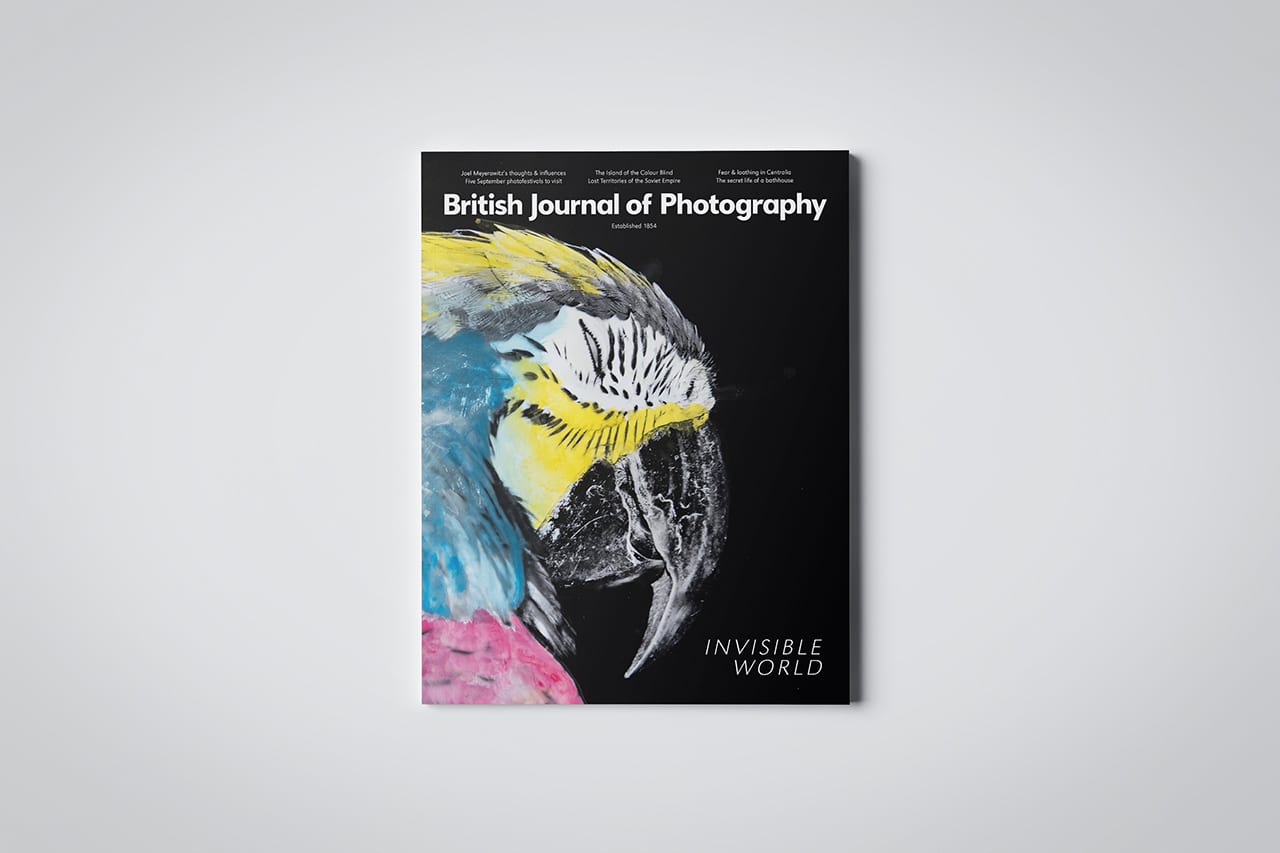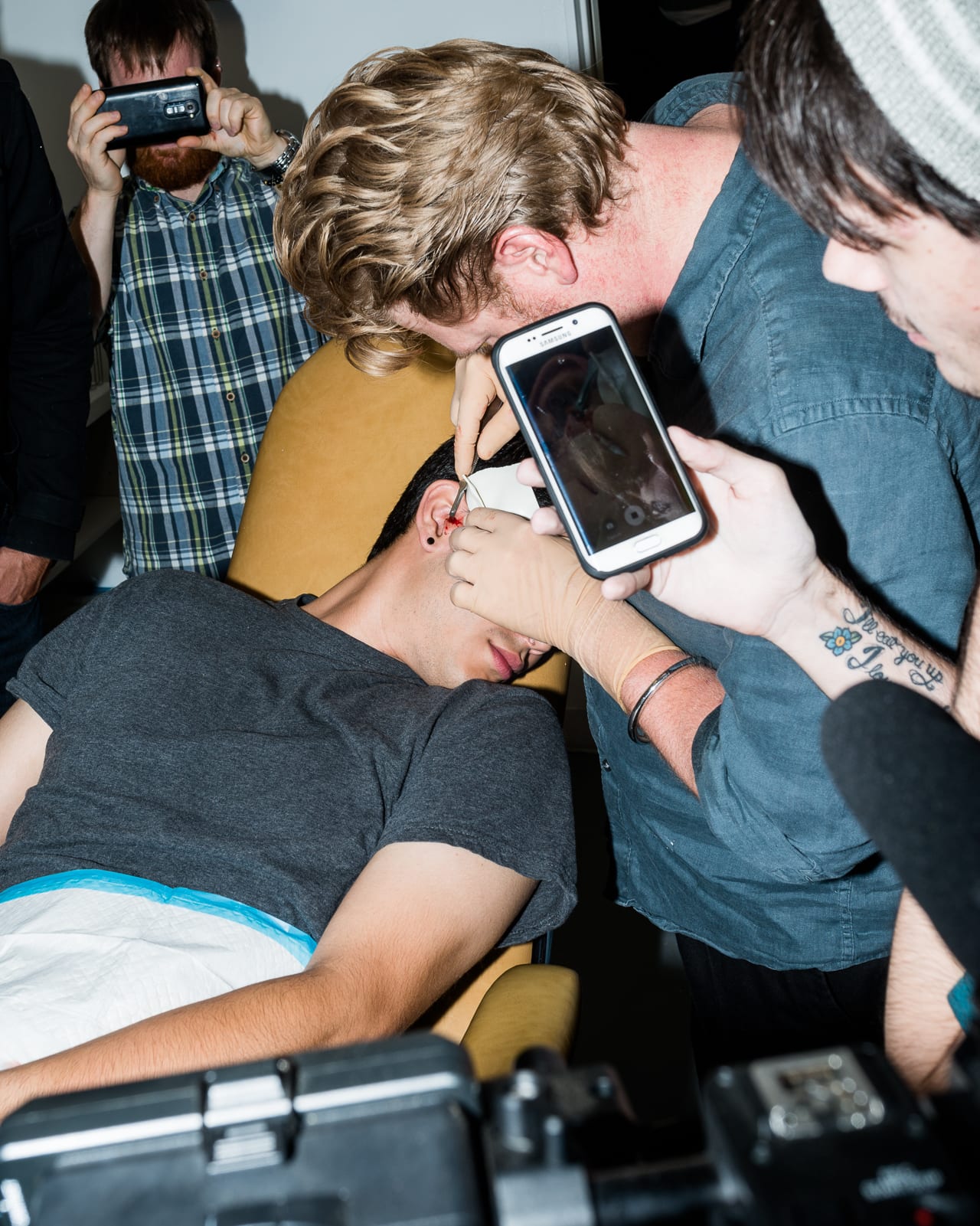“Arlene had a unique vision of the world around her,” says gallerist Daniel Cooney. “She was kind and compassionate and she had a wonderful sense of humour, and all of it came through in her work. That’s what made her images so beautiful and unique.” Born in the Coney Island district of New York and growing up in the Crown Heights district of Brooklyn, Arlene Gottfried studied at the Fashion Institute of Technology in New York and initially found work with an advertising agency before going freelance for publications such as The New York Times Magazine, Life, and Newsweek. But her true passion was for portraits shot on the fly, and often on the street, and it was for this work that she became celebrated.
